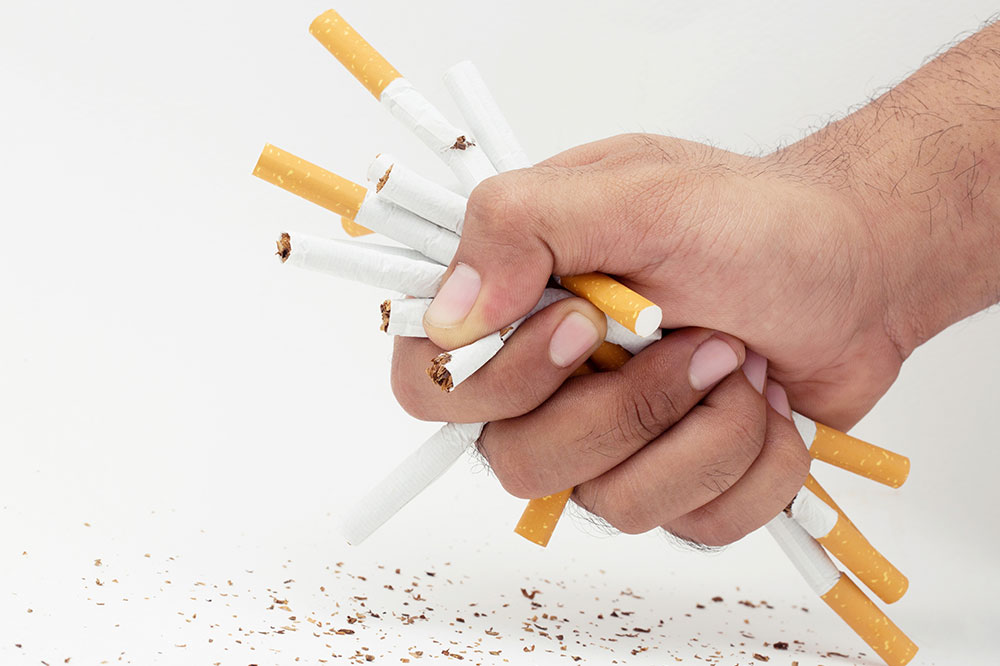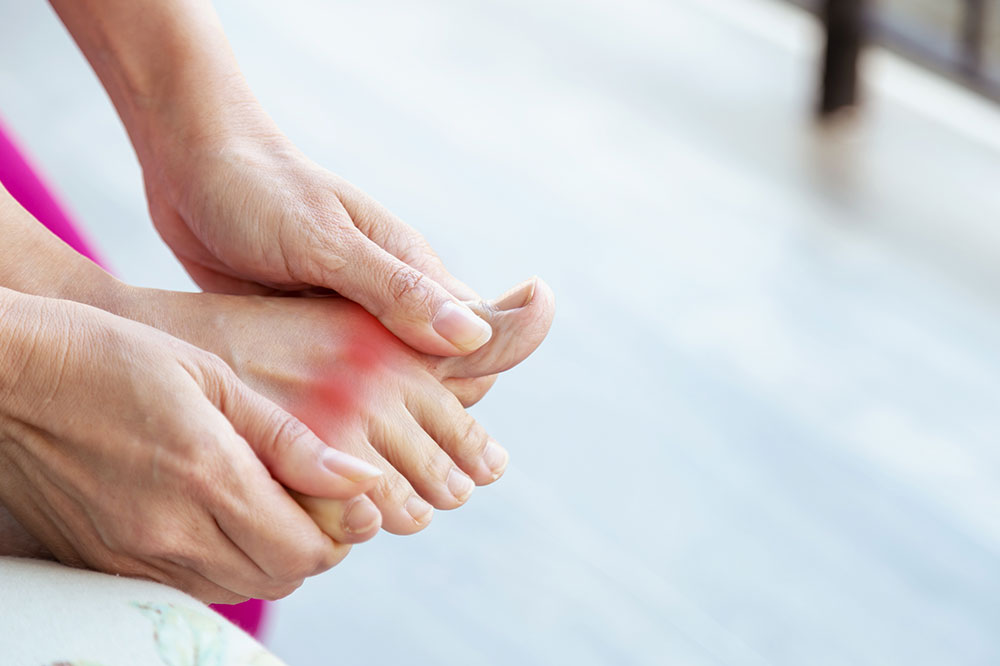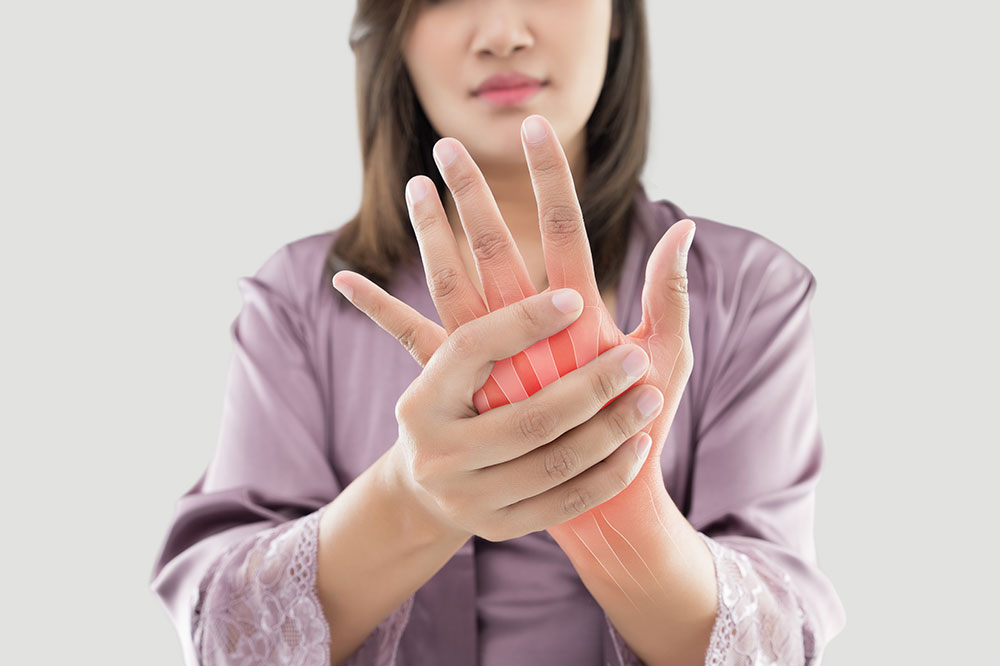Understanding Addiction: Stages, Detection, and Prevention Strategies
This article explores the stages of addiction, how to identify symptoms, and strategies for prevention. It emphasizes early intervention and avoiding substance use during vulnerable stages, especially in minors. Expert help is vital for addressing dependence. Prevention methods include delaying initial use and addressing childhood risk factors, making early detection and proactive measures key to reducing addiction risks.

Understanding Addiction: Stages, Detection, and Prevention Strategies
Addiction relates closely to concepts like reward, motivation, and memory. It occurs when the body develops an obsessive desire for a substance or behavior to obtain a reward, often disregarding the negative consequences.
Key aspects of addiction include:
Persistent craving, lack of impulse control, intense desire for the substance or activity, neglect of potential harm, and diminished emotional awareness.
Addictions can disrupt daily routines, causing relapses and remission. The effects may be physical, emotional, or financial.
Stages of addiction include:
Initial experimentation
Most addictions start with casual testing, often without awareness that it may lead to dependency. Questions to consider include the reasons behind trying it and the frequency of experimentation.
Habitual use
Substance use or behavior becomes part of daily life, with periodic breaks that might lead to renewed use, signaling progression.
Risky behavior
At this stage, the individual may not recognize dangers, though others might notice behavioral changes indicating increased risk.
Dependence
Both mental and physical addiction develop. Behavioral changes are prominent, necessitating treatment options.
Full-blown addiction
Professional intervention becomes essential to manage and overcome dependency.
Detecting addiction
Diagnosis often begins with concern from friends, family, or the individual themselves. Interventions may be needed. The process involves assessments of usage frequency, social impact, daily functions, and withdrawal symptoms. Physical exams determine if medical treatment is necessary.
Preventing addiction
Early prevention is more effective. Delaying initial use—especially in minors—reduces risk. Protecting children from early exposure, avoiding substance provision by caregivers, and addressing childhood trauma are crucial. Developing social bonds also helps prevent harmful behaviors.










